News & Events
News

15 June 2025
Technion Team Develops AI-Powered Spectral Imaging for Digital Pathology
Integrating spectral imaging with AI enables efficient, accurate, and stain-free digital pathology, highlighting its potential to transform diagnostic medicine
Innovative AI technology produces clear, virtual tissue images, improving the path from sample to cancer diagnosis.
Researchers from the Technion have unveiled a breakthrough in digital pathology: a rapid spectral imaging system combined with artificial intelligence that can generate virtual Hematoxylin & Eosin (H&E) stained images from unstained human biopsy samples. The innovative study, led by Prof. Yuval Garini of the Faculty of Bio-medical Engineering, was recently published in the journal Bioengineering (Basel).

Traditional pathology relies on chemical staining, a process that is both time-consuming and dependent on expert interpretation. The new approach replaces this with a custom-built Fourier-based spectral imaging system that captures rich spectral data from unstained tissues. Using this data, a Pix2Pix neural network translates raw scans into realistic H&E-equivalent images that closely resemble conventional pathology slides.
The study further demonstrated that Principal Component Analysis (PCA) can reduce the complexity of spectral data without compromising image quality. By retaining only the most informative components, the system not only preserves critical diagnostic features but also improves computational efficiency. This innovation means pathologists could obtain faster, high-quality images while reducing reliance on chemical processes.
Validation of the system showed that the virtual stains were nearly indistinguishable from traditional slides, offering a reliable tool for diagnostic use. The integration of spectral imaging and AI represents a transformative step for digital pathology, with potential to streamline workflows, enhance diagnostic accuracy, and enable stain-free biopsies in both clinical and research settings.
By combining advanced optics and artificial intelligence, this research opens a pathway toward more efficient and objective cancer diagnostics. The technology could accelerate turnaround times, reduce costs, and provide new opportunities for AI-assisted pathology in the fight against cancer.
The Research has been published in Bioengineering (Basel)




